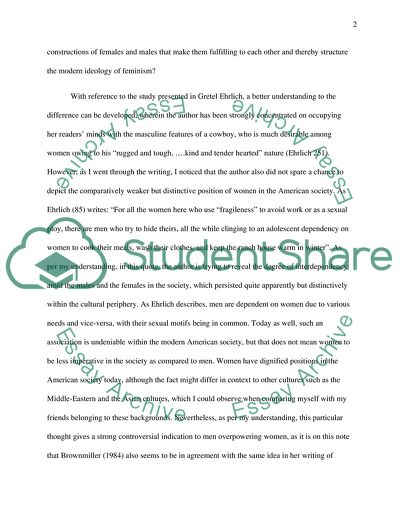Cite this document
(The Modern Ideology of Feminism Literature review, n.d.)
The Modern Ideology of Feminism Literature review. https://studentshare.org/sociology/1839590-the-conversation-essay
The Modern Ideology of Feminism Literature review. https://studentshare.org/sociology/1839590-the-conversation-essay
(The Modern Ideology of Feminism Literature Review)
The Modern Ideology of Feminism Literature Review. https://studentshare.org/sociology/1839590-the-conversation-essay.
The Modern Ideology of Feminism Literature Review. https://studentshare.org/sociology/1839590-the-conversation-essay.
“The Modern Ideology of Feminism Literature Review”. https://studentshare.org/sociology/1839590-the-conversation-essay.


